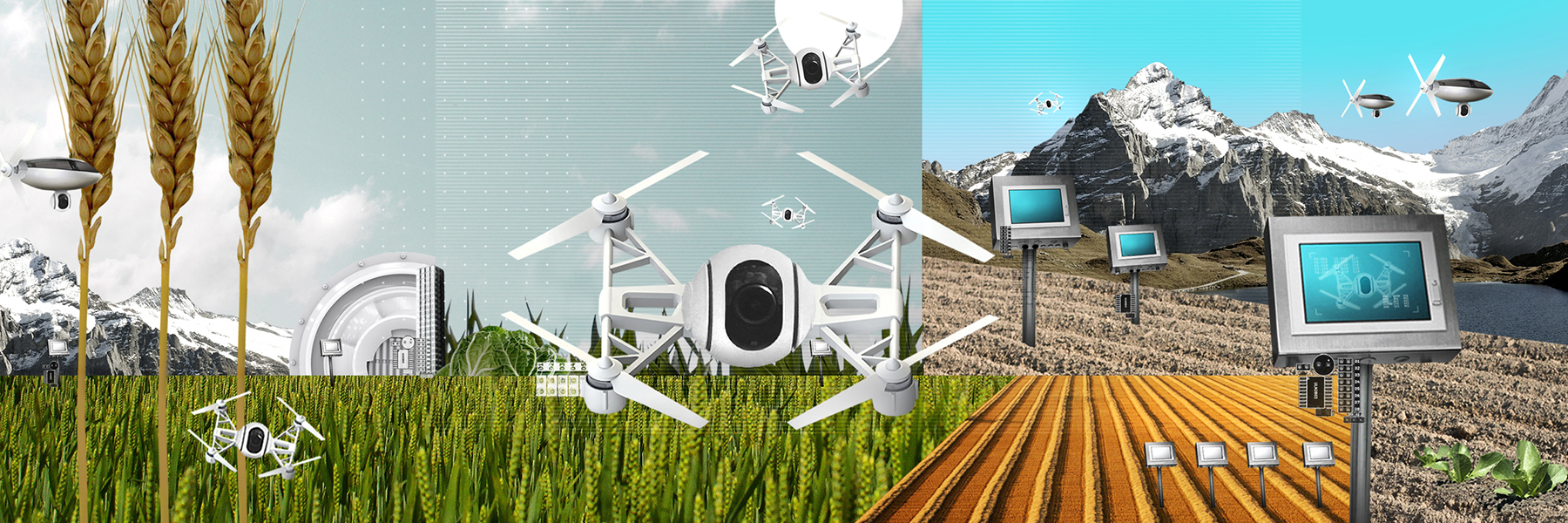
Scientists develop heat-resistant drone to help fight fires

Researchers in Switzerland and the UK have developed a heat-resistant drone that could be used to help fire fighters and rescue workers get a close-up view of a forest fire or a burning building.
Drones are already being used to help fight fires, take aerial photos, lift fire hoses onto skyscrapers or drop extinguishing agents in remote areas to prevent forest fires from spreading – but only at a safe distance from the fire. Inside a burning building the temperature can reach up to 1,000 degrees Celsius, for example.
To get closer to fires, researchers at Swiss Federal Laboratories for Materials Science and Technology (Empa) and Imperial College London have now developed a heat-resistant drone, known as FireDrone, that can provide important initial information from dangerous hot spots.
“To fly closer, the extreme heat generated by a fire is too great for conventional drones,” said David Häusermann of Empa’s Sustainability Robotics lab in a press releaseExternal link on Monday. Close to the fire, the frame melts and the electronics give up. “More than aerial photos of the fire site from a safe distance are not possible with commercial drones.”
Insulating material inspired by nature
Working with firefighters, the scientists developed an insulating material that can withstand high temperatures. They were inspired by nature and animals such as penguins and arctic foxes that live in extreme temperatures thanks to layers of fat or fur.

The material in question is an aerogel, an ultralight material consisting almost entirely of air-filled pores enclosed in a polymer substance. In this case, the materials researchers chose an aerogel based on a polyimide plastic. Polyimide aerogels are also being researched by the US space agency NASA to insulate space suits.
For the drone, the scientists created a composite material made of polyimide and silica, reinforced with glass fibres.
A prototype of the FireDrone has already performed well in initial tests at Empa’s flight arena in Dübendorf, near Zurich. The flight characteristics and controllability of the drone, which is about 50 centimetres high, were excellent even with an aerogel insulation jacket and an additional built-in cooling system, as well as aluminium cladding to reflect heat, said Empa.
The FireDrone has also been successfully tested several times at the Andelfingen training centre in canton Zurich, where drone pilots steered the device directly into a gas fire in a large metal bowl.
“Even after several flights, the electronics, thermal imaging camera and CO2 sensors of the FireDrone are undamaged and ready for further testing,” said Häusermann.
The next step is to further test the FireDrone in other fire situations.
The drone could in theory also be used in extremely cold environments, such as in polar regions and on glaciers. The team has tested the flying device in a glacier tunnel in Switzerland to study how the system behaves in very cold temperatures. Discussions are already underway with potential industry partners to further develop the prototype.
The drone design was published in the journal Advanced Intelligent SystemsExternal link.

More
Switzerland – where the robots of tomorrow are born

In compliance with the JTI standards
More: SWI swissinfo.ch certified by the Journalism Trust Initiative
















![The four-metre-long painting "Sonntag der Bergbauern" [Sunday of the Mountain Farmers, 1923-24/26] had to be removed by a crane from the German Chancellery in Berlin for the exhibition in Bern.](https://www.swissinfo.ch/content/wp-content/uploads/sites/13/2025/12/01_Pressebild_KirchnerxKirchner.jpg?ver=cb688ed5)














You can find an overview of ongoing debates with our journalists here . Please join us!
If you want to start a conversation about a topic raised in this article or want to report factual errors, email us at english@swissinfo.ch.